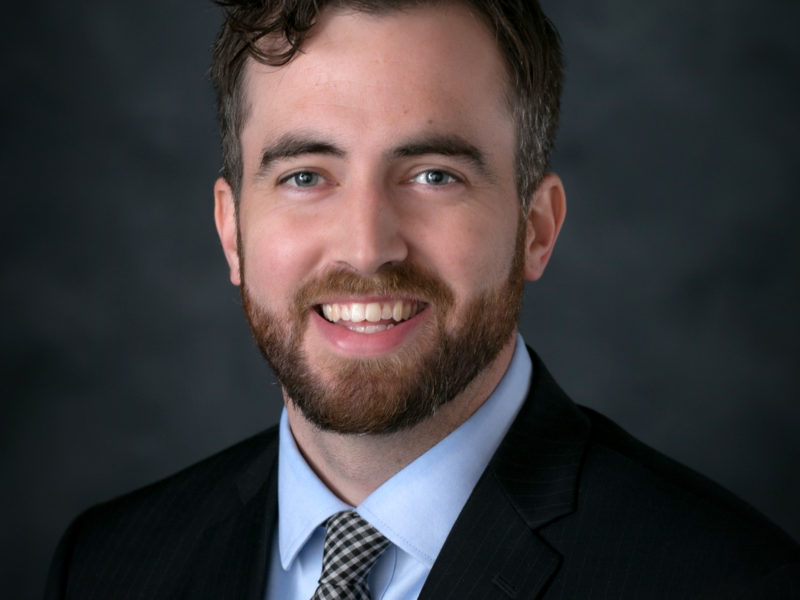The 2018 Legislative Session will be remembered more for what was not accomplished than for what was. While the Legislature was able to assemble three major omnibus bills to put on Governor Dayton’s desk – a tax bill aimed at conforming the state tax code to line up with changes made to the federal tax code, a supplemental budget bill to utilize the state’s $329 million surplus, and a bonding bill to fund public works projects across the state – only the bonding bill was actually signed into law. This Legislative summary will address each of these omnibus bills individually.
Tax Bill
Conforming the state’s tax code to align to changes made at the federal level was a top priority at the start of the 2018 Legislative Session. Failure to conform to the federal changes could complicate tax forms for Minnesota residents in 2019 and may lead to tax increases for some. The Republican controlled Legislature passed an omnibus tax bill that addressed conformity and also lowered income tax and business rates for some. Governor Dayton claimed the tax package did not do enough for middle class Minnesotans and that it did not include emergency school funding that he requested in the late stages of Session.
Governor Dayton objected to a variety of provisions included in the omnibus tax bill and promised to veto if his objections were not addressed. Republicans did not address all of his concerns and hoped the conformity issue would be enough to get the Governor to sign the bill into law. Governor Dayton claimed, in the event that federal conformity was not addressed in 2018, that the 2019 Legislature can pass a tax conformity bill early in the 2019 Session before tax filing deadlines and avoid any issues that may arise from differing state and federal tax codes. Because conformity can be addressed next year and because the bill contained provisions he was unhappy with, Governor Dayton vetoed the bill.
Supplemental Budget
Traditionally the second year of the biennium does not focus on the state budget, as our two-year budget is set in the first year of the biennium. However, with a modest $329 million surplus on hand at the start of the Legislative Session, assembling a supplemental budget package to utilize that money became a priority for the Legislature. Omnibus budget bills are typically separated out by jurisdiction, with all bills dealing with economic development collected in an omnibus economic development bill and all bills dealing with health and human services rolled into an omnibus health and human services bill. Typically those omnibus bills are then voted on individually and either vetoed or signed into law. This year, all of the omnibus budget bills were eventually combined into one massive 990-page omnibus supplemental budget bill.
As with the tax bill, Governor Dayton laid out his objections to a myriad of provisions in the supplemental budget bill and claimed he would veto unless they were addressed or removed. Republicans in the Legislature addressed some of his concerns and ignored others, again hoping that the positive provisions in the bill would outweigh the Governor’s concerns and the bill would ultimately be signed. As with the tax bill, Governor Dayton vetoed the package in its entirety.
Bonding Bill
The second year of the biennium is normally the year in which a bonding bill is assembled, and this year was no exception. In the end, the bonding bill was the only omnibus bill that was signed into law by Governor Dayton. In order to be eligible for this form of state funding, a project must be publically owned, be of state or regional significance, and be a capital project. To fund these initiatives, the state sells general obligation bonds on the bond market and pays the debt service on these bonds over time. The final package of public works projects in the 2018 bonding bill includes $825 million worth of general obligation bonds as well as money from various other sources for a total package of roughly $1.5 billion.
Bonding bills are difficult to pass at the Legislature as they require a supermajority on the House and Senate floor. This means bipartisan support is essential. While this Session was highly partisan and party line votes were common on many bills, this bonding package passed both the House and Senate floors with overwhelming support from Republicans and Democrats alike, and as such was signed into law by Governor Dayton.
Consequential 2018 Elections
Since the Legislative Session ended, Senator/Lieutenant Governor Michelle Fischbach has officially resigned her Senate seat and has been sworn in as Lieutenant Governor. This is significant because it requires a special election to fill her Senate seat, which will determine control of the entire Minnesota Senate (with her resignation, the Senate is tied 33-33).
The special election will coincide with the general election in November, which means every elected office in Minnesota is on the ballot this November one way or another: both U.S. Senate seats, all U.S. House of Representative seats, the Governor’s office, Secretary of State, State Auditor, Attorney General, the entire Minnesota House, and now a special election for control of the Minnesota Senate (which isn’t otherwise up for reelection until 2020). With all these seats up for grabs at the state and federal level, the 2018 election may be the most consequential in Minnesota history.
Samuel Richie is an attorney with Fryberger, Buchanan, Smith & Frederick, P.A., practicing primarily in the government relations and legislation areas and also administrative law.


 Legal Principles Affect Recreational Water Use: Some Things to Know Before You Boat or Build That Dock
Legal Principles Affect Recreational Water Use: Some Things to Know Before You Boat or Build That Dock